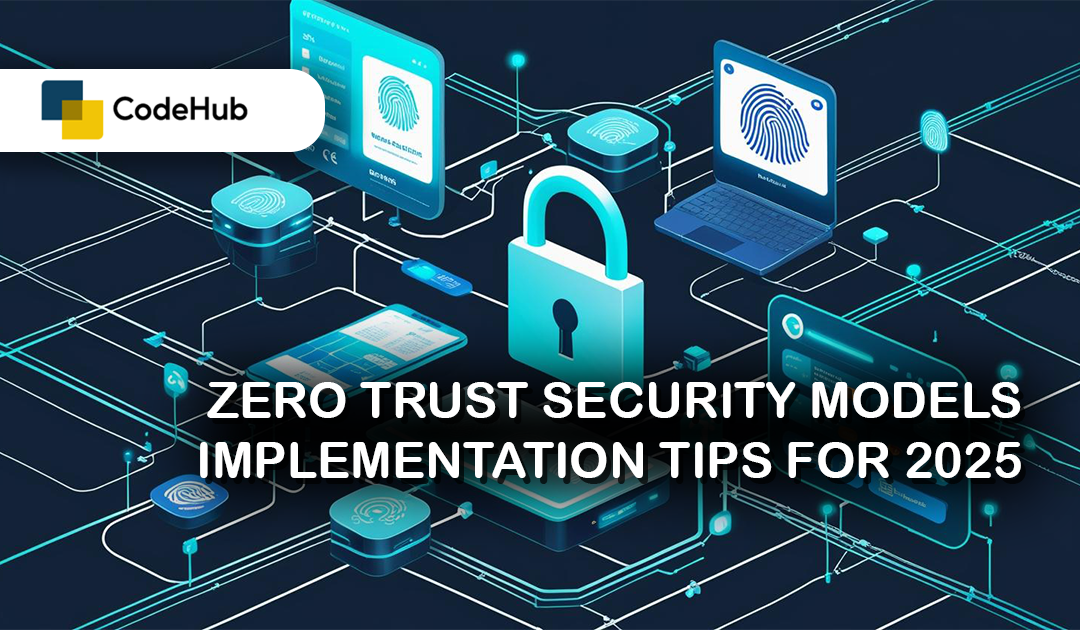In today’s cybersecurity landscape, traditional perimeter-based security models are no longer enough. With hybrid workforces, cloud services, and an increase in mobile devices, organizations need a more robust approach. That’s why Zero Trust has become the go-to strategy for securing digital environments in 2025.
Zero Trust works on a simple idea: trust nothing, verify everything. It means no user or device is granted access automatically. Every login, device, and data request must be verified in real time. This helps prevent internal threats and limits the damage of external attacks.
To implement Zero Trust successfully, the first step is strong identity management. All users and devices must have verified digital identities. Multi-factor authentication (MFA), biometric logins, and identity federation are essential tools.
Next is network segmentation. Instead of having one flat network, companies divide their infrastructure into segments. This limits how far an attacker can move if they gain access. Every segment has strict access controls and is constantly monitored.
Device health checks are also important. Before allowing a device to connect, the system checks for updates, antivirus protection, and security settings. If a device is out of compliance, access is restricted.
Monitoring and analytics play a key role in maintaining Zero Trust. Security teams use tools to track behavior patterns and detect unusual activity. AI and machine learning help identify threats faster than traditional methods.
Training and awareness are crucial too. Employees must understand the importance of security policies and follow best practices. Regular simulations and updates ensure that everyone stays alert and informed.
In 2025, Zero Trust isn’t just a trend—it’s a necessity. By focusing on continuous verification, least privilege access, and strong visibility, companies can protect their systems and data more effectively than ever before.
Is your organization adopting Zero Trust in 2025? What part of the transition has been the most challenging or rewarding for you? Share your insights below! Want us to explore real-life implementation examples or review Zero Trust tools? Comment and tell us what you’d like to read next.

